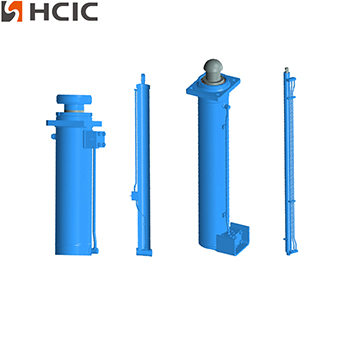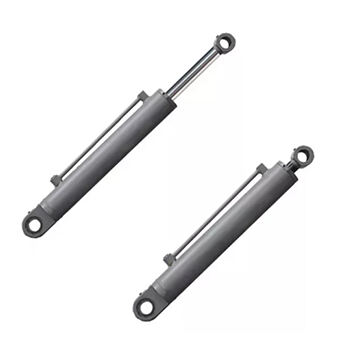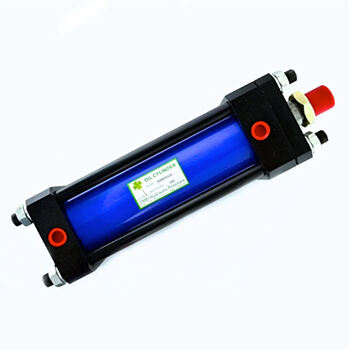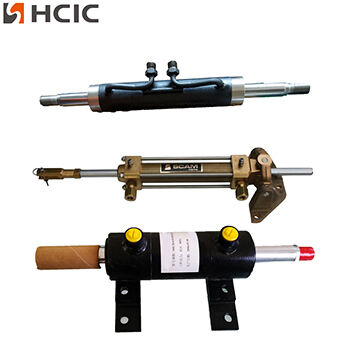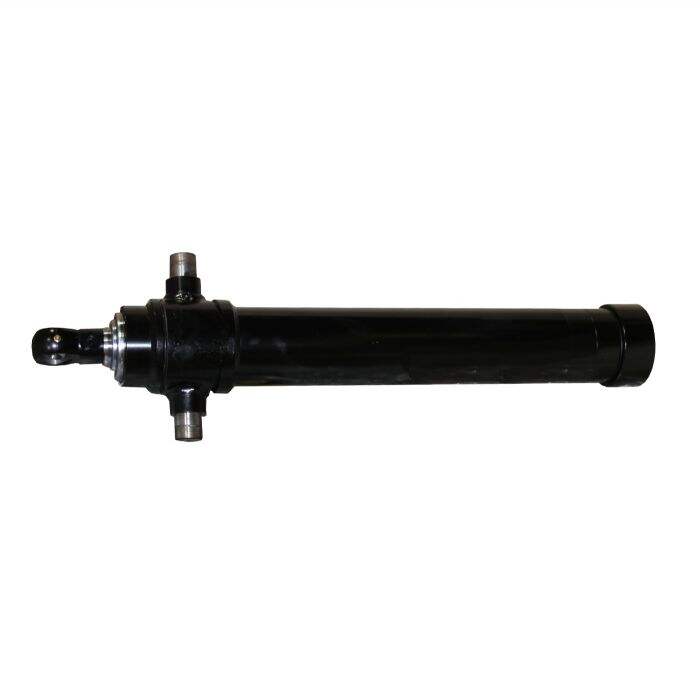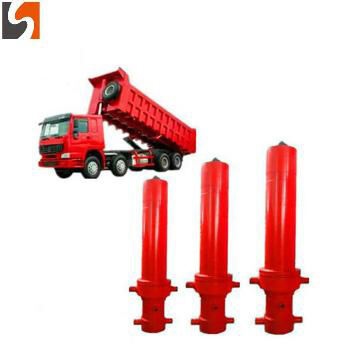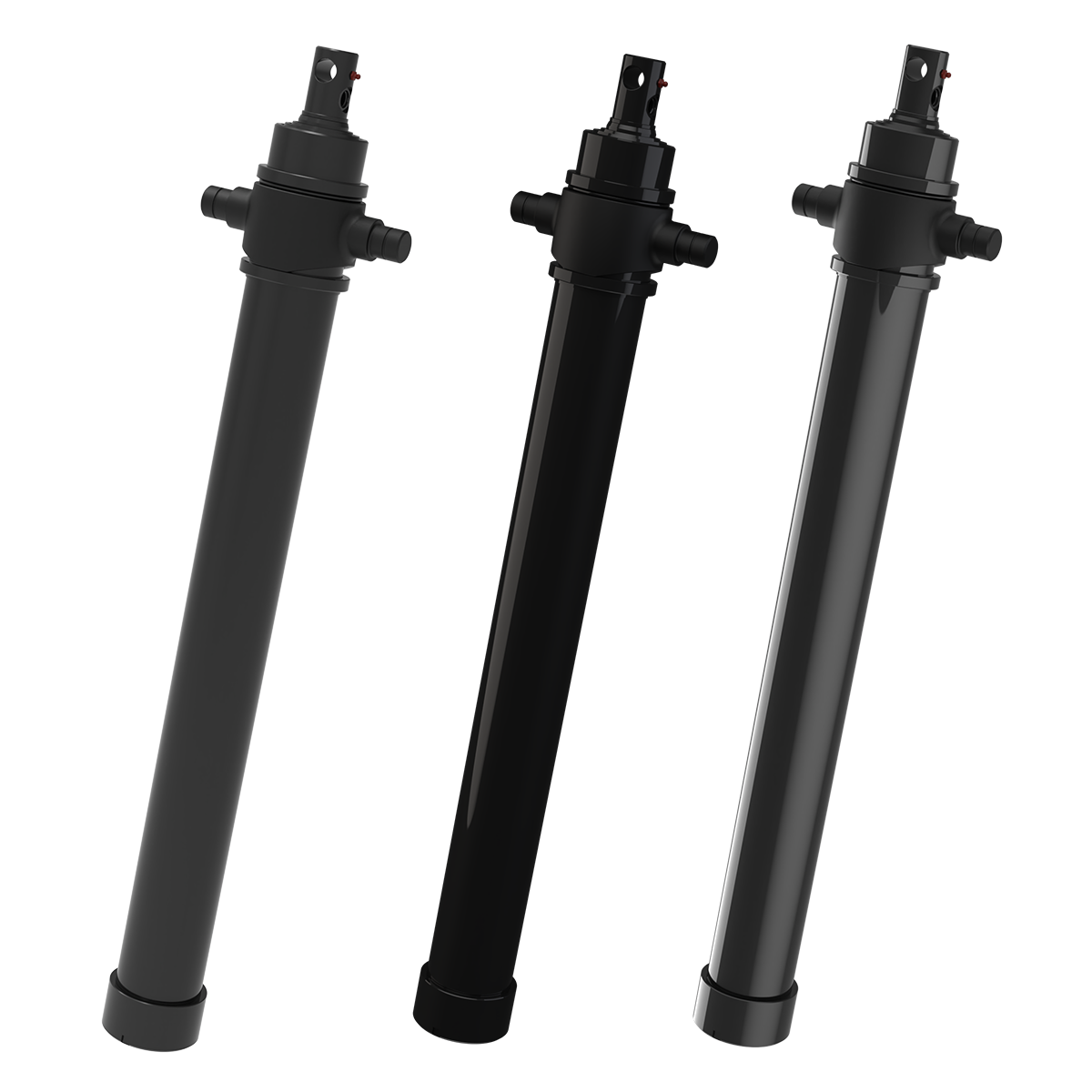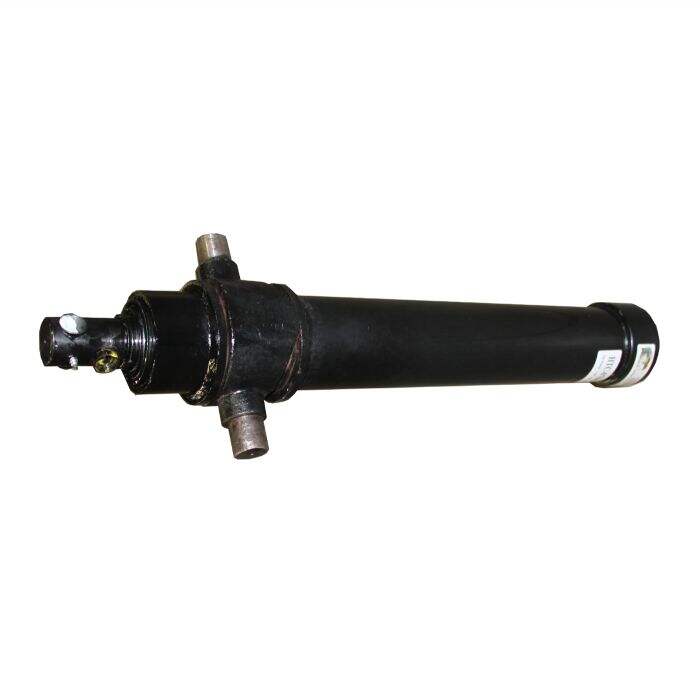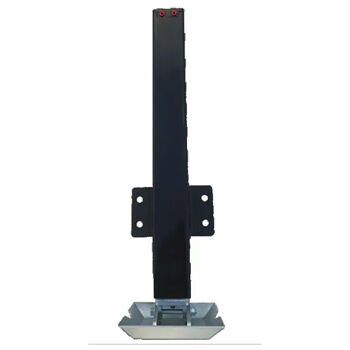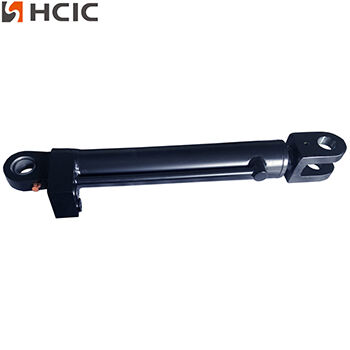What is an Electric Motor?
An electric motor is a machine that converts electrical energy into mechanical energy through electromagnetic interactions. The basic working principle involves the interaction between a magnetic field and current-carrying conductors to generate motion. Electric motors are widely used in various applications such as fans, pumps, compressors, and hydraulic systems, due to their reliability, efficiency, and range of power capacities.
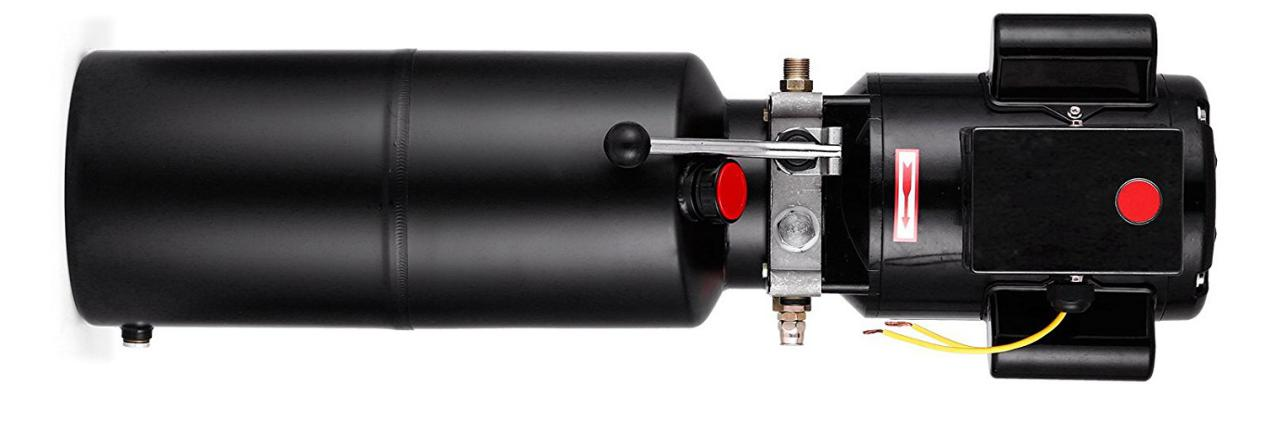
Types of Electric Motors
There are several types of electric motors, each suited for different applications:
AC Motors (Alternating Current):
- Induction Motors (Asynchronous): Common in industrial applications. Low cost, reliable, and simple.
- Synchronous Motors: Maintain constant speed regardless of the load. Suitable for precision applications.
DC Motors (Direct Current):
- Brushed DC Motors: Simple and inexpensive but require maintenance for brushes.
- Brushless DC Motors: More efficient and durable, but more expensive.
Servo Motors: Provide precise control of angular position, speed, and acceleration. Often used in robotics and CNC machines.
Stepper Motors: Move in discrete steps and are suitable for applications that require precise positioning.
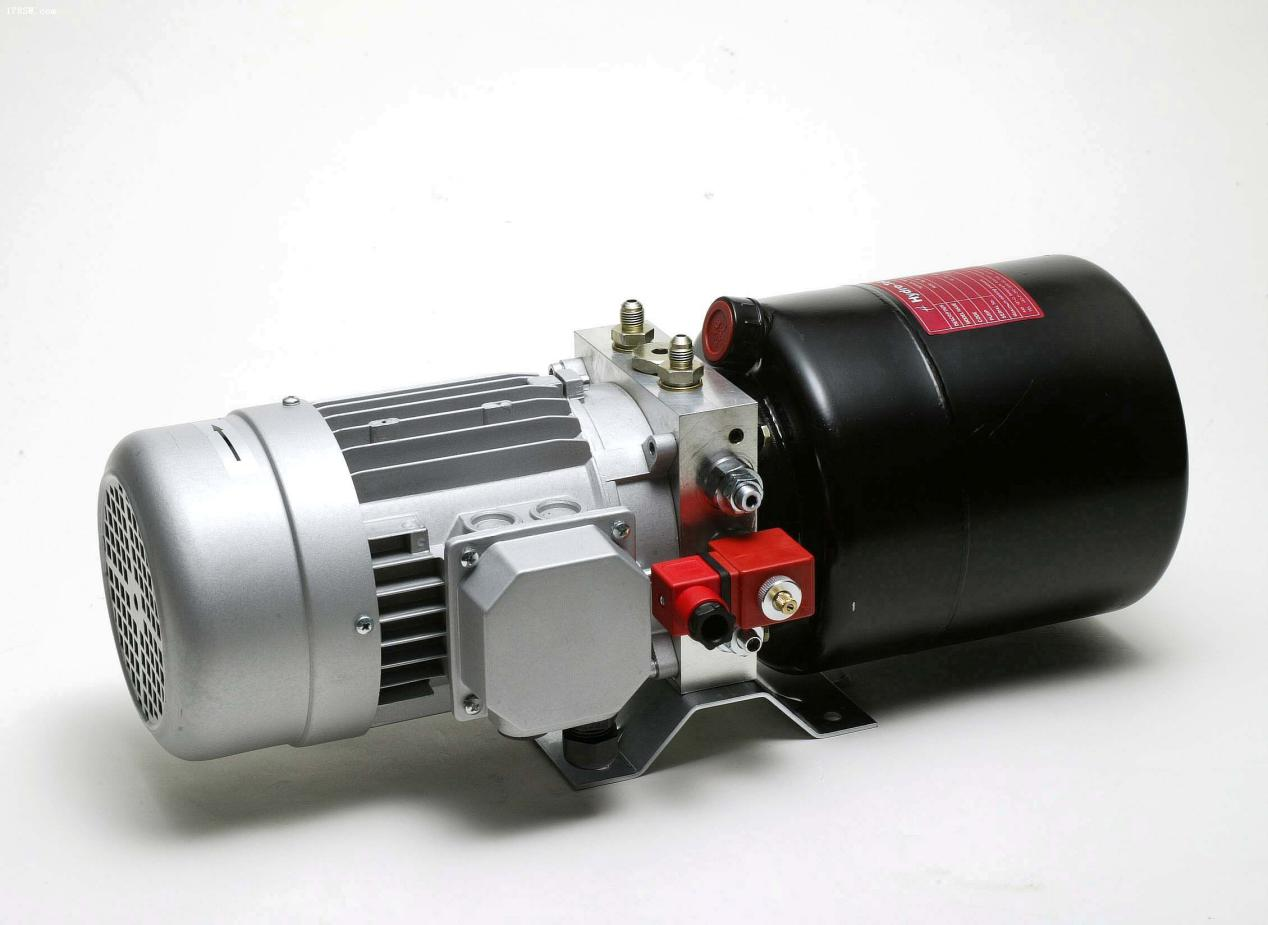
How to Choose the Right Electric Motor for a Hydraulic System
When selecting the right electric motor for a hydraulic system, the following key factors should be considered:
1. Power Requirements (Horsepower or kW)
- The hydraulic pump’s power demand is a critical factor. Motors must provide enough power to drive the hydraulic pump efficiently without overloading.
- Calculate the motor power by the formula:

2. Speed (RPM)
- Electric motors should match the hydraulic pump’s required speed, usually specified in RPM (Revolutions Per Minute).
- Many hydraulic pumps operate in the range of 1200 to 1800 RPM. The motor's speed should be compatible with this range.
3. Torque
- Hydraulic systems can generate high torque loads, especially when starting under pressure. The motor must provide enough starting torque.
- A motor’s torque rating can be calculated from the system’s pressure and flow demands.
4. Voltage and Power Supply
- Motors are available in different voltage configurations, such as single-phase (120V, 240V) or three-phase (208V, 480V, etc.).
- Choose a motor that matches the available electrical supply in your facility.
5. Duty Cycle
- Consider how long the motor will operate continuously. Some motors are designed for intermittent duty, while others can run continuously without overheating.
- Hydraulic systems often require motors with a high-duty cycle to ensure continuous operation without overheating.
6. Environment
- Consider the environmental conditions, such as temperature, moisture, and exposure to dust or chemicals.
- Motors designed with IP ratings (Ingress Protection) can be selected to ensure proper protection in harsh environments.
7. Efficiency
- High-efficiency motors (such as IE3 or IE4 class motors) save energy and reduce operating costs, especially in large-scale or continuous operations.
- For hydraulic systems that operate for long periods, energy-efficient motors can make a big difference in operational costs.
8. Motor Control and Starting Method
-
Motors used in hydraulic systems often require precise control, particularly during startup. Options include:
- Direct-on-line (DOL) starters for small motors.
- Soft starters to limit inrush current and mechanical stress on the motor.
- Variable Frequency Drives (VFDs) for controlling motor speed and torque dynamically.
9. Motor Frame and Mounting
- The frame size and mounting type should fit the physical constraints of the hydraulic system setup.
- Ensure the motor is compatible with the pump’s mounting configuration.
10. Cost and Availability
- While selecting a motor, the cost must align with your budget, and the availability of the motor should meet your project’s time lines.
Conclusion
Choosing the right electric motor for a hydraulic system involves matching the power, speed, and torque requirements of the hydraulic pump with the motor. Ensure that the motor is designed for the environment and usage conditions it will encounter and that it fits the system’s mounting and electrical supply specifications.
HCIC is a professional hydraulic manufacturer, mainly engaged in hydraulic system design, manufacture, installation, transformation, commissioning and hydraulic components brand sales and technical services.We hope that our product can help to save your cost and improve your quality. For More details please email us "[email protected]" or Google search "HCIC hydraulic"

 EN
EN
 AR
AR
 BG
BG
 HR
HR
 CS
CS
 DA
DA
 NL
NL
 FI
FI
 FR
FR
 DE
DE
 EL
EL
 HI
HI
 IT
IT
 JA
JA
 KO
KO
 NO
NO
 PL
PL
 PT
PT
 RO
RO
 RU
RU
 ES
ES
 SV
SV
 CA
CA
 TL
TL
 IW
IW
 ID
ID
 LV
LV
 LT
LT
 SR
SR
 SK
SK
 UK
UK
 VI
VI
 HU
HU
 TH
TH
 TR
TR
 FA
FA
 MS
MS
 GA
GA
 CY
CY
 KA
KA

